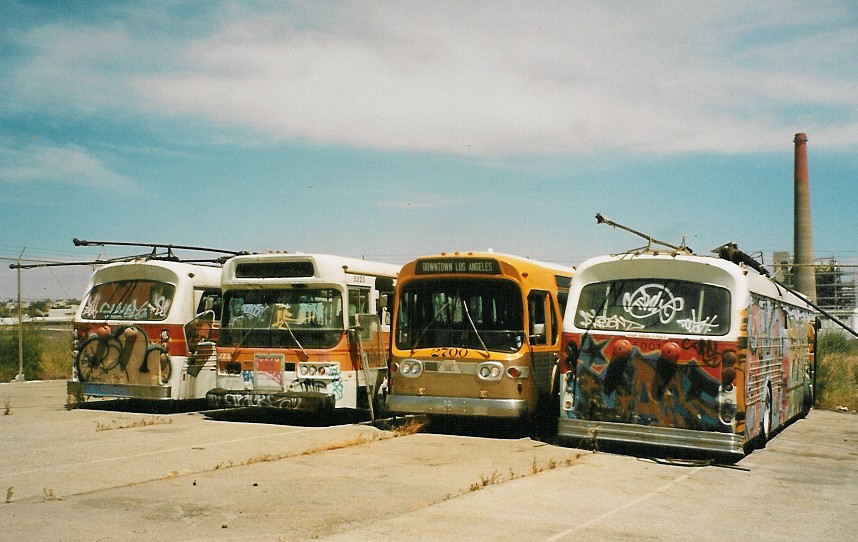
Usually when something is in high demand, it gets cheaper or becomes more available. This is not the case with mass transit in the US. As seen in the spring of 2008, when gas itched towards $5/gallon, drivers responded by doing the unthinkable: driving less.
Mass transit ridership was up, gas sales began to drop and the vehicle miles traveled (VMT) flat-lined, the first time, almost ever. VMT has been rising pretty much since cars have been introduced into the American lifestyle, due to sprawl and cheap gas, so the fact that VMT didn't rise in April of 2008 is huge. The response to the idea of Americans detoxing from the wheel, as you can see, is cheap gas; the cheapest in almost 5 years.
Along with Wall Street, the mass-transit infrastructure in the US is struggling, and in some areas non-existent. Since the rise in gas costs last year, mass transit ridership has been rising, however, companies are being forced to cut service due to lack of funds. One of the main reasons Republicans were against the Obama Stimulus plan was the amount of money given to mass transit projects, even though much of the $$ would be given to meet operating costs.
Take MUNI for example. Its probably one of the most successful operating systems and has consistently been operating at a budget deficit. Its response to this is raising its fares and cutting service, even as it operates at capacity. Washington DC public transit system broke records on January 20, 2009, with over 1.5 million trips taken to see the Obama Inauguration. Ridership has risen over 6.5% nation-wide. Shouldn't this be a sign of what "the People" need or want?
Read UP







No comments:
Post a Comment